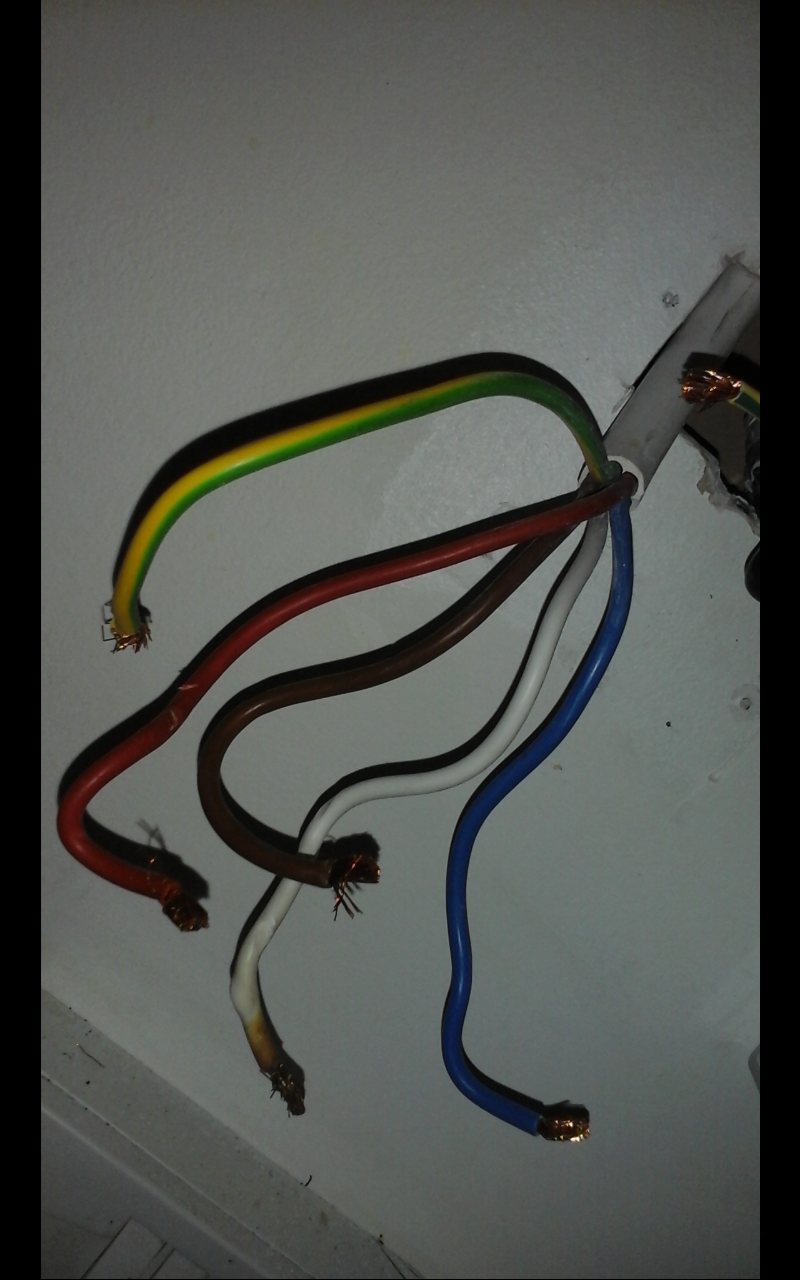- Joined
- 27 Jan 2008
- Messages
- 27,515
- Reaction score
- 3,325
- Location
- Llanfair Caereinion, Nr Welshpool
- Country

Flex was harmonised before fixed installation and I think grey only came in with fixed installations, we had red, yellow, blue and Europe had brown, black, black there was no grey. So the forth wire in a flex had no standard colour. Would have likely have been 14 or 15 edition, not got one that old.

